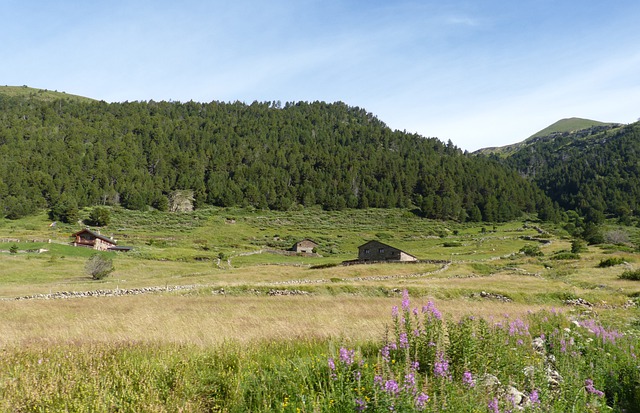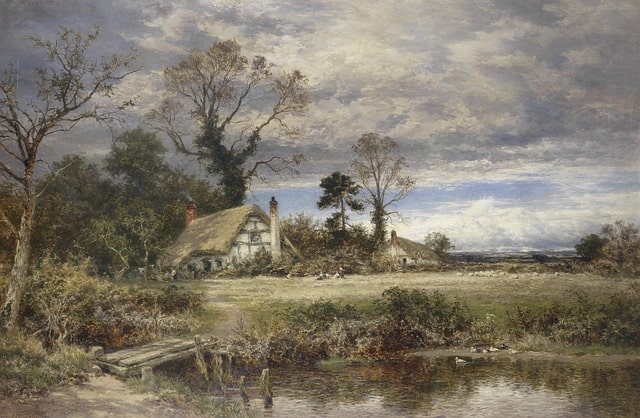
Bucolic is described as that which exalts the rural way of life.
Life in the countryside has many peculiarities. It is easy to establish differences between the way of life of peasants or shepherds and those who reside in a city . The natural environment, working with the land and working with animals are part of a country environment.
When the way of life led in a field is praised , we speak of bucolism . The adjective bucolic , which derives from the Latin bucolicus although it has origins in the Greek language, refers to this exaltation and to the literary genre that narrates situations typical of the future in rural areas.
For example: “Upon retirement, Don Manuel moved to the countryside and began to lead a bucolic life, far from noise and stress” , “In 1911, the British writer presented a bucolic book focused on the story of two anarchist shepherds” , “I can spend hours and hours in front of a bucolic landscape.”
bucolic art
The bucolic, therefore, can be a theme developed in art , whether in poetry, dramaturgy or the plastic arts. These works share the fact of taking place in a country or rustic environment .
The main characteristic of bucolic art is the presentation of the peace typical of rural regions as something dreamed or ideal . This tranquility is associated with purity and the absence of vices characteristic of cities. Bucolic texts, in this way, exhibit a biased vision of pastoral life , generally leaving aside the problems and difficulties of this way of living.

Bucolic art portrays country settings.
poetry genre
The bucolic genre in poetry , which is also called pastoral, is characterized by the presence of shepherds in wild landscapes, enjoying nature and carrying out activities such as carefree singing, playing the flute and enjoying their love affairs. Its origin dates back to the Alexandrian era and works by three Greek poets are preserved: Theocritus, Bion and Mosco. The first of them was the author of a series of small descriptive poems grouped under the title " Idylls ", which brings together many of the fundamental elements of Greek pastoral poetry.
Not long later, the bucolic genre of poetry arrived in Rome and one of the most representative authors of that time was Aulus Gellius, who knew how to mix pastoral elements with elegy with peculiar mastery, which can be seen in his work. « Attic nights «.
The bucolic and the exaltation of nature
According to certain scholars, the birth of bucolic poetry was the result of the need of some writers to get closer to the harmony that nature emanates, to feel the freedom that life offers us away from the structures and typical problems of the city. The great contrast between both scenarios turned nature into a muse impossible to resist and gave rise to a genre that attempted to reflect the deepest aspects of day-to-day life in the countryside, the desires and customs of the shepherds, with the licenses typical of poetry.
The poets wanted to give life to a poetic space that would transmit peace and tranquility that were not found in the city and that they considered possible to experience in the countryside. The vision that many captured of country life is very close to a utopia: it lacked problems and allowed us to savor every second, every sunset, every sunrise.
The bucolic genre experienced its peak after the appearance of " The Bucolics " by the Roman poet Virgil, a work that is also known by the title " The Eclogues ". However, until then there were several writers who ventured to include pastoral motifs in their creations. One of the themes discussed in the ten poems that make up " The Bucolics " is the confiscation of lands that took place during the second half of the 1st century BC. c.
